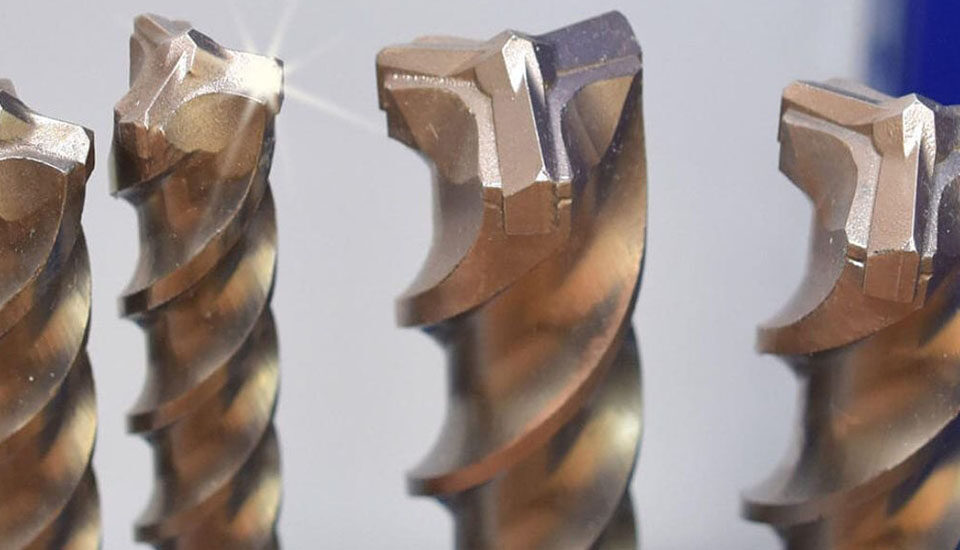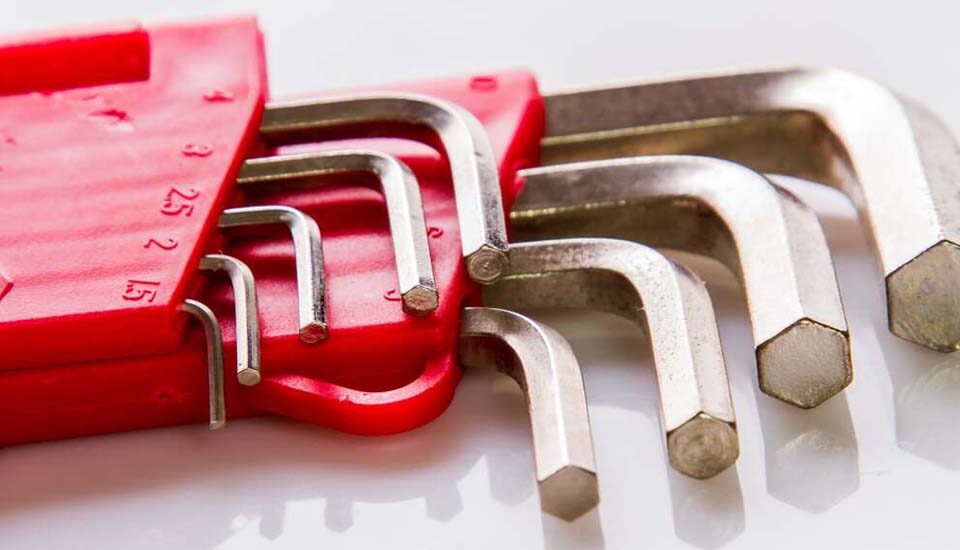Choosing the right drill bit guide!

Guide to buying the best drill for work drill!
The variety of drill bits can be a bit confusing, here’s an overview of the different drill types and their uses so you can get the best one for your job. Choosing the right drill helps you save time and money. People who deal with a lot of work drills are aware of the importance of choosing and preparing a drill. To be most productive, it’s important to understand the different types of drill bits and which one is right for your project, as outlined below.
What is a drill bit?
A drill is a rotary cutting tool that creates holes. The tip of the drill makes contact with the material in which you are drilling, and the end of the drill body is caught by the jaws of the drill or its trisystem so that the drill stays in place and rotates. There are enough types of drills to fill a tool shop.
What is a drill used for?
The drill is primarily used to make circular holes in various materials such as wall, wood, metal and stone. Drills may make a hole for a hanger or connector or a slot for wiring. Drill bits are sold individually and in multi-size sets. When choosing a drill, consider its physical shape, its material, and the material of the object you are drilling into.
Drill types based on physical shape:
The simplest and first factor to consider when choosing a drill is its physical shape.
- The amount of twist
The twist drill (sometimes called a slotted bit) or rotary drill is the most common type of drill bit, probably because it is used the most.
This type of drill, while hitting or drilling the work material, its grooves guide the waste material out of the hole. Many drills, such as brad drills or masonry drills, differ in their groove structure.
- Speed or speed drill
This type of drill has a sharp tip that has two wings and its grooves are slightly smooth. This type prevents the drill from sliding due to its sharp tip and two wings. This drill bit is used to drill into materials such as wood because it cuts through the wood fibers and creates a clean hole.
- Step drill
Step drills act as multiple drills. These are distinctively conical and stepped. Each “step” is one size larger than the next. This allows you to drill a hole exactly the size you need or make multiple holes of different sizes without changing the drill bit.
Types of drill based on its type:
Drills are made of different materials as described below.
- High carbon steel
Steel drill bits are very strong and suitable for drilling in wood, plastic or metal. One of the weaknesses of these drills is that they overheat and soften at high speed, which is especially common when drilling metal.
- High speed steel
High Speed Steel (HSS) drills are capable of drilling for long periods of time without losing their edge. They perform almost as well as high-carbon steel drills when cutting softer materials such as masonry or wood, but excel when drilling into metal. The price difference between carbon steel drills and HSS drills is not much and it is better to choose HSS drill if possible.
- Carbide drill or carbide tip
These drills are made with carbide tips and are significantly more durable than steel drills, but they cost significantly more.
You don’t need a carbide drill to do household chores or light work. This type of drill bit is used for really hard work and is used with a regular drill bit for softer materials.
- Coverage
Some drills come with coatings that extend their life or make them resistant to heat or other extreme conditions. This coating can include titanium and even crushed diamonds.
Drill types based on work materials
Here is how to choose the best drill for the job
- Drill for metal
For drilling in metals such as stainless steel, your best bet is an HSS drill bit. High speed steel or HSS is more resistant to the high temperature produced during drilling, and its grooves better transfer the metal threads created during drilling to the outside.
- Drill for masonry
A masonry drill bit is good for surfaces like concrete, brick, or similar. They are usually twist drills with a carbide fin in the head. The fin breaks up the rock, and the drill grooves remove the debris.
Rock drills are often used with a hammer drill, which makes the drill more efficient and easier to drill through rock.
- Drill for wood
Wood drill bits have a sharp point to prevent slipping and have grooves to move the wood chips out of the hole.
How to choose a drill?
To choose the right drill for your operation, you must first consider the material to be drilled. Each material has specific hardness and mechanical properties. That’s why there are different drills for each.
The table below is a good guide to help you choose the best drill:
| Drill bit type | The main structure of the drill | Drill bit material | Quality | Specific characteristics | Drilled materials |
| Masonry drill bits | Smooth Shank, SDS+, SDS Max | Tungsten carbide | ** | 2 cutting edges | Concrete, Reinforced concrete, Concrete blocks, Stone |
| *** | 3 cutting edges | ||||
| ****** | 4 cutting edges | ||||
| Carbide | ****** | Carbide tip | |||
| Drill bits for metal | Smooth and hexagonal shank | HSS | ** | Rolled steel (occasional use) or hardened steel (regular use) | Non-ferrous metals |
| HSS-R | ** | ||||
| HSS-G | *** | ||||
| Titanium | **** | Grinding drill bit | |||
| Tungsten carbide | **** | ||||
| Cobalt | ***** | Grinding drill bit | Ferrous and non-ferrous metals, Stainless steel etc. | ||
| Solid carbide | ****** | Grinding drill bit | Full steel | ||
| Drill bits for machine tools | Cylindrical shank (ISO 9766), Morse taper, SDS with carbide inserts | Various materials | ****** | Interchangeable inserts | Ferrous and non-ferrous metals |
| Chamfering drill bit, Countersink, Chamfering countersink | HSS | ||||
| Drill bits for wood | Smooth and hexagonal shank | Steel | **** | Flat head | Woodworking |
| 3 point, Spiral head | Carpentry | ||||
| Consumable drills and glass and ceramic drills | Smooth shank | Tungsten carbide | *** | Conical head | Tiles, Ceramics, Roof tiles |
| Various shank | Diamond | **** | Conical head | Glass |



